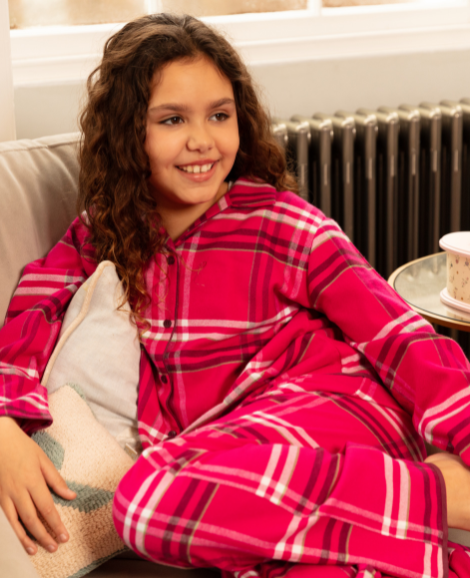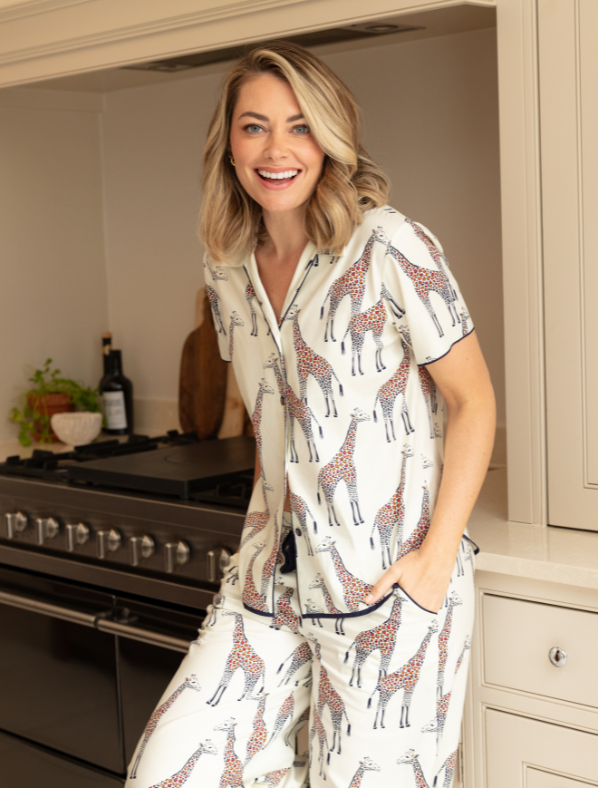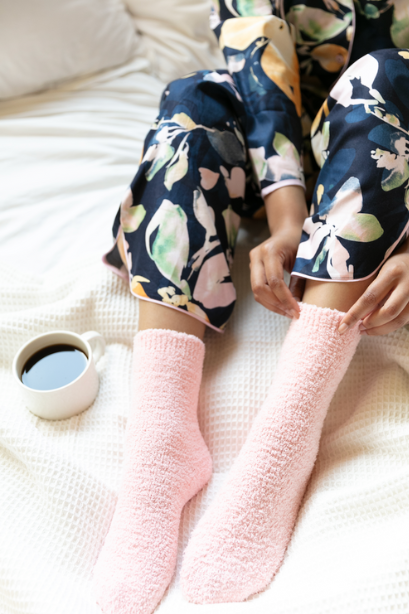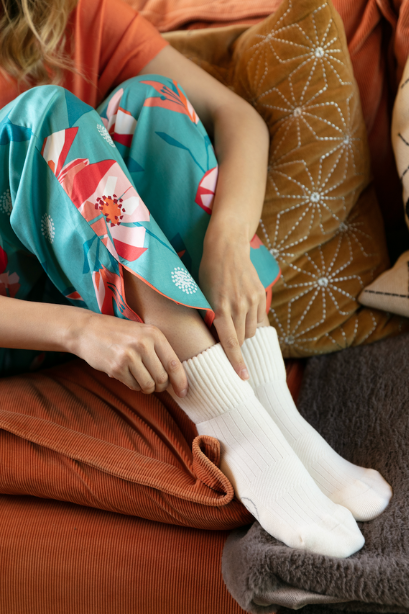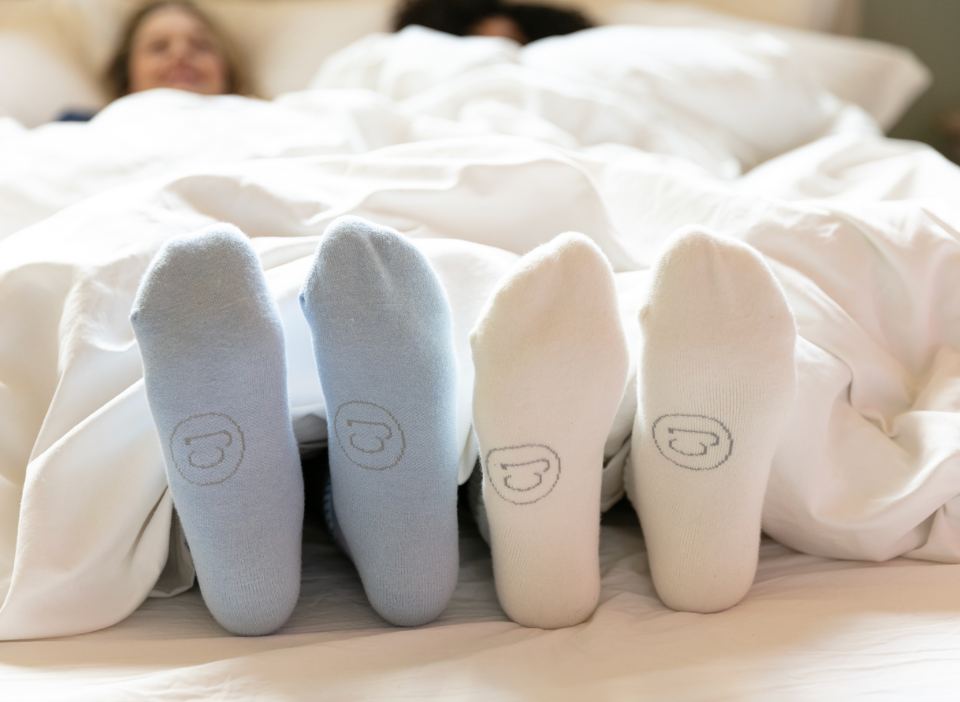Has jumping into the duvet and warming up you cold feet between your partners legs become a nightly routine? We get it. Throughout these winter months, every night seems to be a race to get into bed once the slippers are off…but what if there was a way to avoid the initial shock? Cyberjammies are the nightwear experts, led by a team of true nightwear specialists with over 150 years of combined experience. With a chilly March ahead and sleep as our no. 1 priority, here are a few reasons why you should keep the fluffy socks on before slipping into the bed…
Help you fall asleep faster
Our core body temperate and cardiac rhythm go hand in hand. Because our cardiac rhythm controls our sleep-wake cycle, it is important to keep our body temperature level throughout the day and night. Our core temperature is naturally higher in the day when the body is most awake. As evening draws, our temperature lowers, which causes us to feel sleepy. Our body conserves energy as we sleep, which often means our core temperature drops. Slipping into socks before bedtime and sleeping with socks on can help regulate our core temperatures and keep our cardiac rhythm on beat, helping us fall asleep faster.
Reduce sleep disruptions
We hate getting cold feet – especially when it comes to bedtime! We all know the feeling of frantic rubbing and duvet wrapping to warm the tootsie's, but did you know that cold feet can actually have a negative impact on the quality of sleep? The cold temperatures dilate blood vessels and allow heat to escape throughout the feet, which reduces the core body temperature. This means that when are feet are cold, it actually takes longer for us to fall asleep and could wake us during the night. According to research, warming up your feet before and during bedtime with socks can help bloody circulation and give your brain the go ahead to sleep.
Prevent hot flushes
In the same breath, because socks help regulate the body’s temperatures, they also help prevent those nasty hot flushes. Meaning your hormones stabilise and sleep disruptions are minimised.






